Cave of the Monkeys: Photos Reveal Early Modern Human Remains
Tam Pa Ling
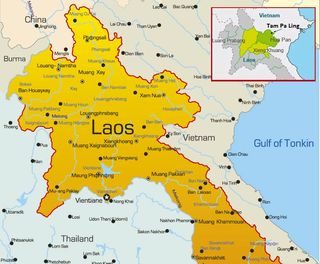
Evidence strongly suggests modern humans migrated out of Africa and into Southeast Asia by at least 60,000 years ago. However, a notable absence of fossil evidence for modern human occupation in mainland Southeast Asia complicates this theory. A partial skull from an anatomically modern human found in Tam Pa Ling, "the Cave of the Monkeys" in northern Laos (shown on map) helps fill in this mysterious gap in the fossil record.
Yes, There Are Monkeys
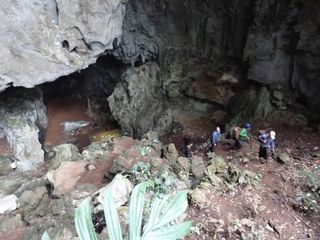
The Cave of the Monkeys (view of south-facing entrance shown) is located at the top of the Pa Hang Mountain 3,840 feet (1,170 meters) above sea level. The cave is surrounded by papaya and banana trees, an allure for a troop of monkeys that comes to forage there, the researchers said.
Cave Entrance
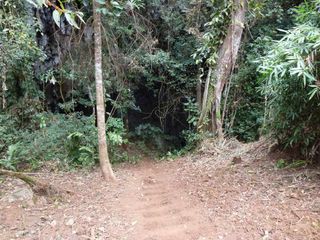
Entrance slope to the floor of Tam Pa Ling. The entrance to the cave is to the right, with the archaeological site at the base of the slope (left side of photo).
Layers of Clay
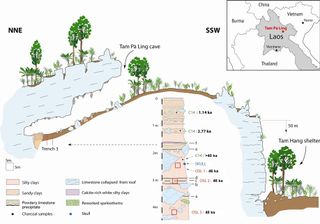
The stratigraphy shows the accumulation of different clay layers and calcitic floors (a, b, c, d, e and f) from the Tam Pa Ling trench. Researchers sampled the cave's charcoals for radioactive carbon-14 dating and soil for other dating methods (identified in the trench's layers).. Inset: Location of the cave in Hua Pan Province, Laos.
Human Skull
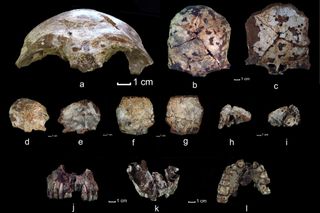
The shape of the partial skull bone and teeth is distinctly anatomically modern human, not like those of an extinct lineage such as the Neanderthals. Shown here, the human fossil remains (the parts of the skull and jaw) designated TPL 1: frontal, a-c; occipital, d-e; right parietal, f-g; right temporal, h-i; maxillae, j-l.
Cave Overview
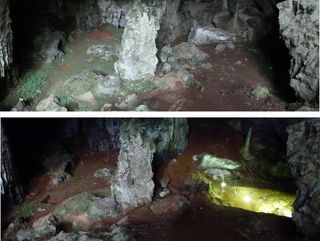
The main gallery of Tam Pa Ling shown in December 2008 (top), and in December 2011 (bottom).
Skull Reconstructed

A reconstruction of the human skull discovered in Tam Pa Ling.
Sign up for the Live Science daily newsletter now
Get the world’s most fascinating discoveries delivered straight to your inbox.
Excavating Tam Pa Ling

Researchers excavate the Tam Pa Ling cave, where the oldest skeletal evidence of modern humans in Asia was discovered.
Cave Layers
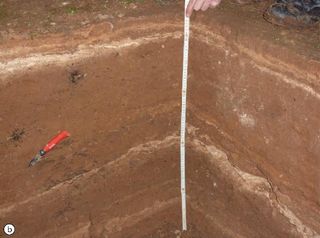
The undisturbed layers of the cave (called its stratigraphy).
Dark Cave

Main gallery of Tam Pa Ling, looking north from the cave entrance. (Trenches 1 and 2 are test pits, while Trench 3 is the excavation site.)
Another View of Tam Pa Ling
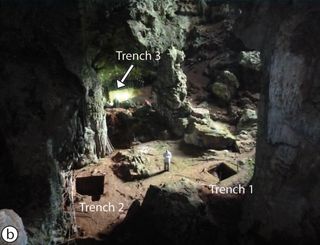
Main gallery of Tam Pa Ling from west looking east.
Most Popular



